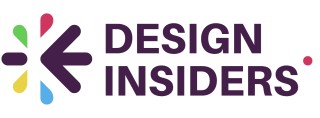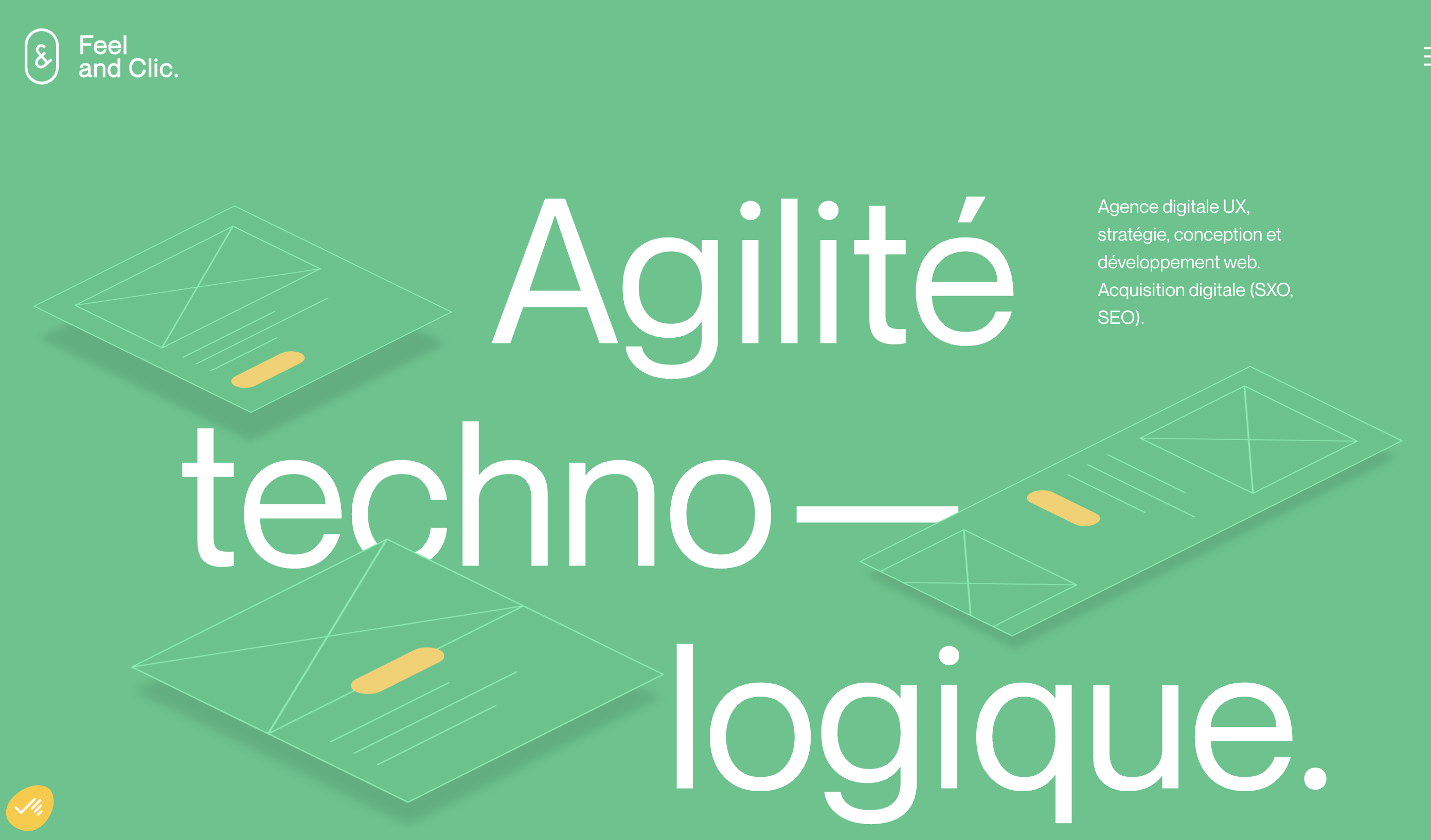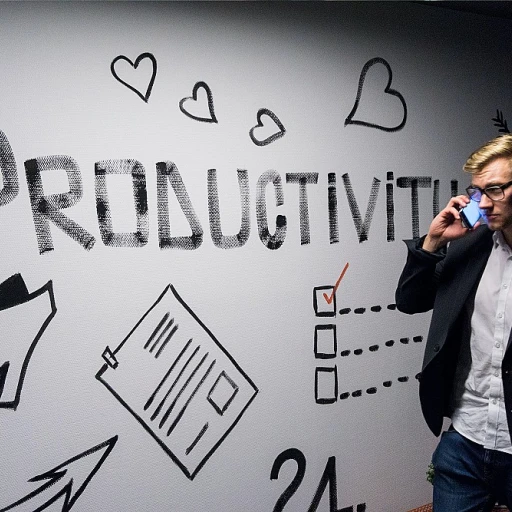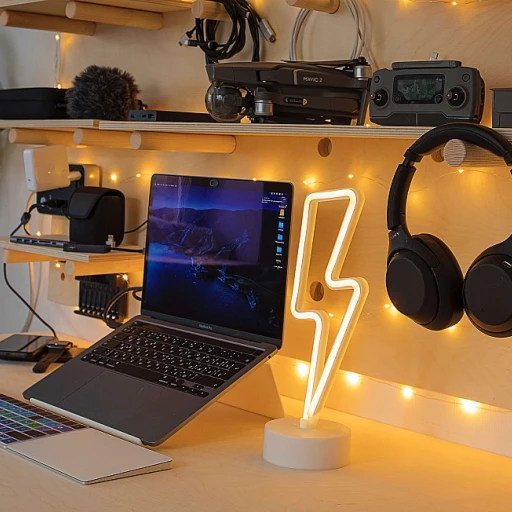
Understanding the Importance of Customer Impact Interviews
Valuing Customer Impact Interviews in Your Design Process
Customer impact interviews are a cornerstone in gaining deeper insights that drive meaningful design decisions. Understanding their importance in your design process can significantly enhance the user experience and ultimately contribute to a product or service's success.
At the heart of any effective design team lies a commitment to understanding the end user. These interviews offer a structured opportunity to dive into the customer's mind and uncover both their perspectives and challenges. By engaging with customers directly, teams can gather qualitative data that shapes the design strategy more precisely than traditional market research.
For companies seeking to remain competitive, investing time in customer interviews is essential. These sessions not only identify areas for improvement but also help in highlighting what is currently working well with your product. When combined with other methods, interviews provide a holistic view of the user environment.
It's also about building a relationship with your customers. In today’s competitive landscape, understanding the nuances of customer service can provide an edge. A well-conducted interview shows customers that their opinions are valued, thereby fostering loyalty and engagement. The insights gained during these conversations often lead teams to anticipate users’ future needs, which is integral for continuous improvement.
Conducting these interviews should involve various team members, especially those in sales and technical roles, to ensure diverse perspectives are considered. The skills of the interviewer can dramatically affect outcomes, emphasizing the importance of strong communication and problem-solving abilities. Preparing for the interview involves crafting thoughtful, open-ended questions that encourage insightful answers. These strategies, along with other techniques, ensure qualitative data is gathered efficiently and effectively.
Additionally, the role of a UX strategist often includes facilitating these interviews, reinforcing the importance of incorporating customer feedback into the design workflow. Ultimately, customer impact interviews are an invaluable tool, offering clarity that fuels innovation and user-centered design.
Preparing for the Interview: Key Steps
Preparation Essentials for Customer Impact Interviews
Getting ready for a customer impact interview is pivotal. The right preparation will help you not only gather valuable insights but also align your understanding with the real needs and wishes of your users. Let’s dive into the main steps you should consider when preparing for such interviews.- Define Your Objectives: Before you start, identify what insights you need from the customer interview. Are you focusing on understanding a product or service's impact, customer satisfaction, or areas of improvement? Having a clear objective will guide your entire process and help in crafting precise questions.
- Know Your Audience: Conduct background research about your customer segment. Understanding their demographics, preferences, and past interactions with your company will provide context. This knowledge is crucial for asking relevant questions that resonate with their experiences.
- Select Your Interview Team: Choose team members with the right skills and experience. Having individuals with solid communication and problem-solving skills on the team will ensure the process is smooth and effective. A diverse team can also bring in various perspectives, enhancing the quality of insights gained.
- Craft an Interview Guide: Develop a guide with open-ended questions. This guide will serve as a roadmap for the interview to ensure all necessary topics are covered while allowing flexibility in the conversation. Avoid leading questions that might bias the customer’s responses.
- Plan the Logistics: Organize the logistics of your customer interview well in advance. This includes scheduling, location, time, and ensuring the needed equipment is available. Ensure the environment is comfortable for open communication.
Crafting Effective Questions
Formulating the Right Questions
The effectiveness of customer impact interviews lies heavily in the quality of the questions asked. Crafting these questions requires a strategic blend of clarity, openness, and purpose. Let's delve into creating questions that elicit the most insightful responses from your customers.- Start with Open-ended Questions: These questions encourage expansive dialog rather than simple yes or no answers. Asking customers "Can you describe your experience with our product service?" will generate more actionable insights than a closed question.
- An Emphasis on Real-time Situations: Tailor questions to uncover customers' past experiences and real-time interactions with your product or service. Questions like "Share a situation where you felt our product solved a significant problem for you" can reveal valuable touchpoints and friction areas.
- Employ the STAR Method for Deeper Insights: Frame questions to explore situations, tasks, actions, and results: "Can you describe a specific time when you used our service? What tasks were you trying to achieve, and what was the outcome?" This method helps distill concrete examples and reactions.
- Contextual and Skills-based Queries: Evaluate customers' skills at navigating your product and their communication within it by asking, "How do you typically solve issues when using our product?" or "What communication features do you value the most?"
Conducting the Interview: Techniques for Success
Creating a Comfortable Environment
Conducting customer interviews requires creating an atmosphere where participants feel comfortable and valued. Start by ensuring the physical or virtual setting is conducive to open communication. If the interview is in person, choose a quiet, neutral location. For virtual interviews, ensure that the technology is reliable and easy to use.
Effective Communication Techniques
Communication is key in any interview situation. Begin with a warm introduction, explaining the purpose of the interview and how the insights will help the company improve its product or service. Use open-ended questions to encourage detailed responses, such as, "Can you describe a situation where our product helped solve a problem for you?" This approach helps gather valuable insights into the customer's experience.
Active Listening and Adaptability
Active listening is crucial. Pay attention to the customer's answers and be prepared to adapt your questions based on their responses. This demonstrates respect for their input and can lead to more in-depth insights. If a customer mentions a specific problem, follow up with questions like, "How did that situation impact your work environment?" or "What could our team do to improve this experience?"
Utilizing the STAR Method
The STAR method (Situation, Task, Action, Result) is a useful framework for both asking and answering interview questions. Encourage customers to structure their responses using this method to provide clear and actionable insights. For example, ask, "Can you tell me about a time when you faced a challenge with our product? What actions did you take, and what was the outcome?"
Time Management and Respect
Respecting the customer's time is essential. Clearly outline the interview's duration at the beginning and stick to it. This not only respects their schedule but also shows professionalism. If the interview is running over time, acknowledge it and offer the option to continue or wrap up.
Documenting Insights in Real Time
During the interview, take notes or record the session (with permission) to capture insights accurately. This documentation will be invaluable when analyzing the data later. Share these insights with relevant team members to ensure the entire team benefits from the customer's feedback.
Analyzing and Applying Interview Insights
Extracting Valuable Insights from Interviews
Once the customer interviews are completed, the real work begins. Analyzing the data gathered is crucial to extract meaningful insights that can inform your design process. Start by organizing the responses. Group similar answers to identify patterns and themes that emerge from the conversations. This will help you understand the common problems customers face and the solutions they seek.
Using the STAR Method for Analysis
The STAR method (Situation, Task, Action, Result) is a useful framework for breaking down customer responses. By applying this method, you can categorize the interview content into clear segments that reveal the context of each customer’s experience. This structured approach aids in identifying how your product or service fits into their daily work environment and what improvements could enhance their experience.
Collaborating with Your Team
Involve your team members in the analysis process to gain diverse perspectives. Different team members might notice unique patterns or insights that you might overlook. Encourage open communication and discussion to refine your understanding of the interview data. This collaborative effort ensures that the insights are comprehensive and applicable to various aspects of your design work.
Applying Insights to Design Solutions
With a clear understanding of the customer insights, it's time to translate these findings into actionable design solutions. Use the information to address specific customer needs and improve the user experience. This might involve revisiting your design questions and considering how the insights can solve real-time problems customers face. Remember, the goal is to enhance the product or service in a way that aligns with the customers' expectations and improves their overall experience.
Continuous Improvement and Feedback
Customer interviews should be an ongoing process. As you implement changes based on the insights, continue to gather feedback to evaluate the effectiveness of your solutions. This iterative approach ensures that your design remains relevant and responsive to customer needs. Over time, this practice will enhance your problem-solving skills and contribute to a more customer-centric design strategy.
Overcoming Common Challenges in Customer Interviews
Effectively Navigating Interview Obstacles
Conducting customer interviews is a valuable skill, but it is not without its challenges. From occasional miscommunications to unforeseen technical difficulties, being prepared to face and overcome potential hurdles is key to success. Here are some common challenges you might encounter and how to address them:- Scheduling Conflicts: Coordinating with customers and team members can be complex. To mitigate this, propose flexible time slots and utilize scheduling tools that integrate with calendars. Ensure everyone is on the same page to prevent last-minute changes.
- Communication Breakdown: Misunderstandings can arise when interview questions are not clear or open-ended. Ensure your questions are well-crafted and relevant to the job at hand. If misunderstandings occur, actively listen and ask for clarification.
- Maintaining Customer Engagement: Sometimes, customers might lose interest during prolonged interviews. Break the monotony by incorporating interactive elements and allowing customers space to share their thoughts freely, inviting them to describe their experiences or a specific situation.
- Technical Issues: Technical interviews can suffer from connectivity problems or software glitches. Always test your equipment and software before starting. Having a contingency plan, like a backup communication channel, will help minimize disruption.
- Extracting Relevant Insights: Not all user interviews yield valuable data immediately. Employing methods like the STAR method (Situation, Task, Action, Result) can help frame and extract actionable insights effectively, enhancing your problem-solving skills.
- Managing Bias: Personal biases can unintentionally influence how questions are asked or how responses are interpreted. Train your team members on unbiased interviewing techniques to steer clear of potential biases in questions and answers.














